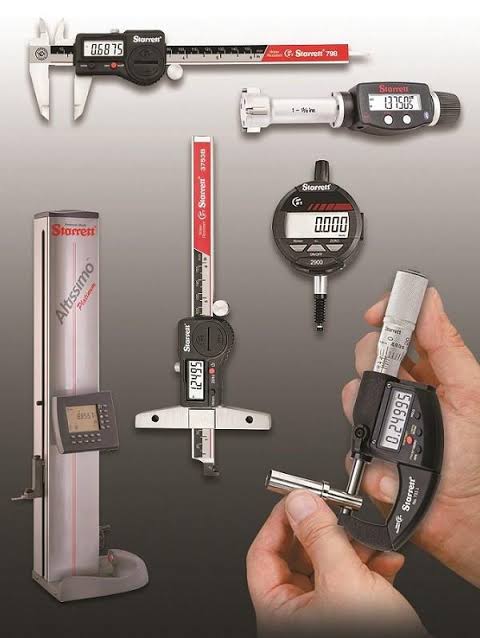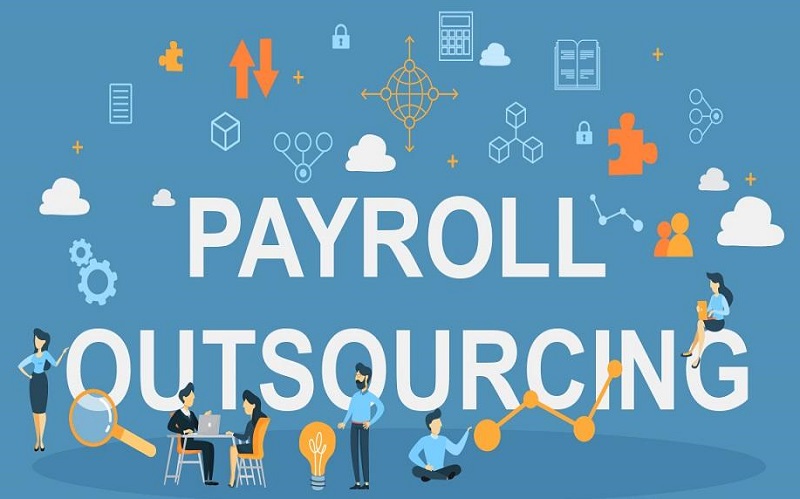Over the years, the cost of building has been rising gradually, which increases the expenses for companies, developers, and individuals wishing to complete new projects. Several elements influence building prices, from labour costs and regulations to material shortages. Delays and higher property costs follow the effects felt in residential, commercial, and infrastructure developments.
Building budgeting often ignores site preparation, including excavation. Traditional excavation techniques can be expensive, ineffective, and dangerous, especially in metropolitan locations with many subsurface utilities. Modern, nondestructive excavation methods, including vacuum excavation, help reduce human costs and limit the danger of damaging important infrastructure. Businesses that focus on these techniques, like vac-ex.co.uk, help increase safety and efficiency in excavation operations.
The effects of material prices
Material prices are one of the main factors causing growing building expenses. Supply chain interruptions, world demand, and inflation have caused steel, lumber, concrete, and insulation swings. The COVID-19 epidemic worsened these problems since lockdowns and travel restrictions caused acute transportation shortages.
For example, supply chain interruptions and growing demand for house renovations drove timber prices to historic highs. Similar increases in steel prices resulted from declining global demand and slowed-down manufacturing. Since any building budget mostly consists of material expenses, even small price increases can have a big effect on the total cost of a project.
Labour shortages and wage raises
A labour scarcity in the building sector is raising project expenses and wages. Fewer young people are joining the field, while many experienced workers have retired or departed the sector. This scarcity forces businesses to pay more for qualified employees to attract and retain them, therefore raising the whole cost of building.
Demand for specialised knowledge, including plumbers, electricians, and heavy equipment operators, has also contributed to pay inflation. Safety rules and training requirements can also increase labour expenses since businesses must invest in compliance programs to guarantee employee safety.
Regulatory and permitting charges
Government rules and permission criteria also increase building costs. More strict zoning rules, environmental impact studies, and construction requirements require further documentation, inspections, and compliance actions.
The time needed to get permissions often delays projects, raising funding expenses. Developers must negotiate complex rules varying by location, which adds to a project’s administrative load and total expense.
Technology and cost-saving innovations
Technological advances are reducing waste and improving efficiency, even as costs rise. Modular building and prefabrication, for instance, allow for faster assembly and reduced waste. BIM and digital project management systems streamline processes, minimising errors and costly rework.
Excavation methods also save money and improve safety. Conventional drilling might hit subterranean utilities, causing costly repairs and project delays. Modern technologies like excavators help decrease these hazards by delivering safer, more accurate substitutes.
Conclusion
Building expenses are rising due to material price changes, labour constraints, and legislative requirements. Technological advances and innovative building strategies are offsetting some of these increases. Modern excavation techniques like vacuum excavators can cut expenses and boost efficiency. As the sector adapts to new challenges, strategic planning and accepting cost-cutting suggestions will be vital to managing building costs.





